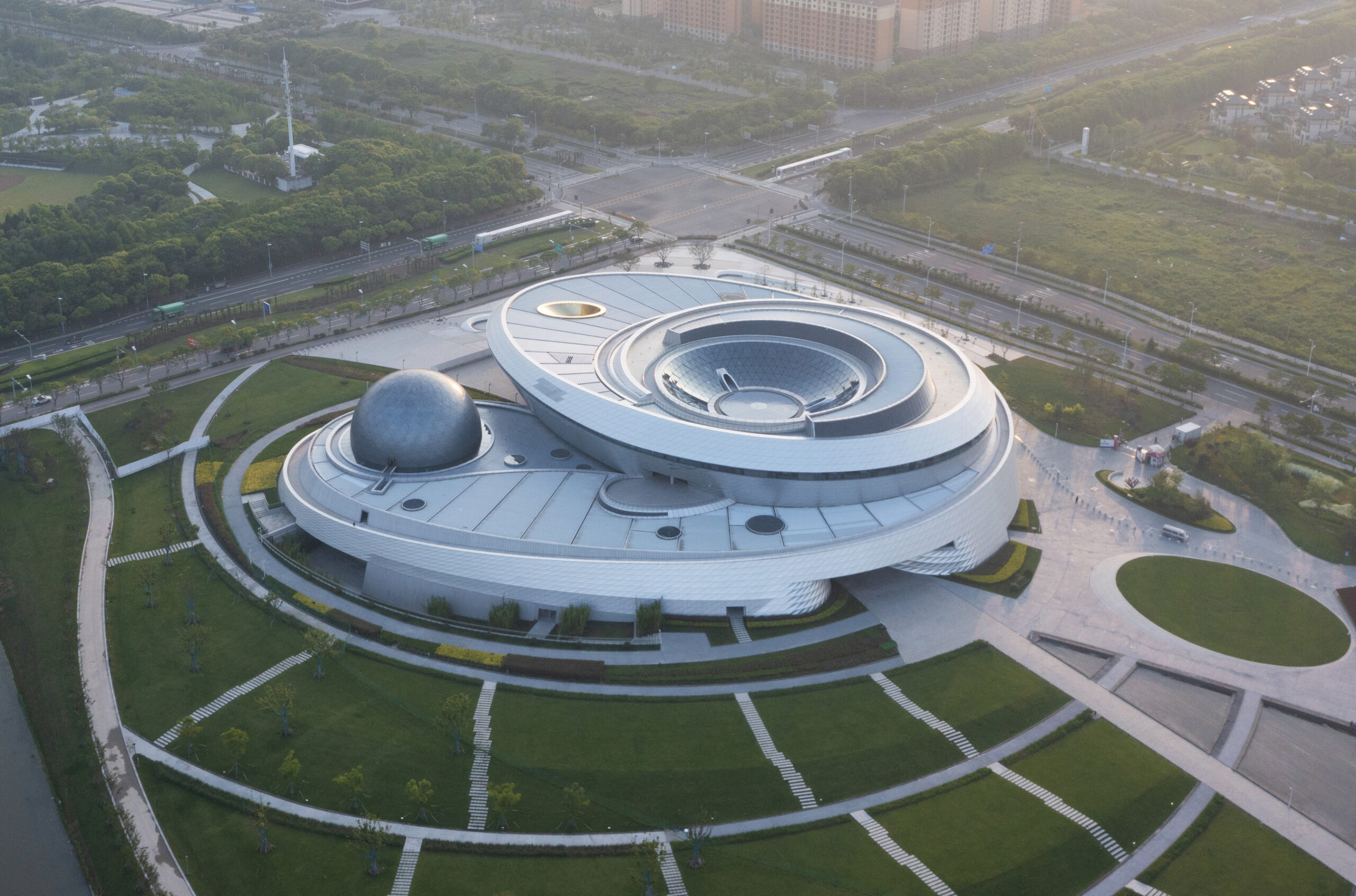
US-based Ennead Architects has designed the Shanghai Astronomy Museum in China, which is set to open this month.
Claimed to be the largest museum in the world that is solely dedicated to the study of astronomy, the Shanghai Astronomy Museum is the new astronomical branch of the Shanghai Science and Technology Museum.
The building has been designed to heighten awareness of the fundamental relationship between the sun and the earth’s orbital motion.
Designed by Ennead Architects design partner Thomas Wong to invoke the experience of orbital motion, the new 420,000ft² museum is planned to be opened to the public on 18 July.
Wong said: “In making this building, we wanted to create a place where the institutional mission is fully enmeshed with an architecture that itself is teaching and finds form in some of the fundamental principles that shape our universe.
“The big idea of the Shanghai Astronomy Museum was to infuse a visceral experience of the subject matter into the design, and to deliver that before you even enter the building.”
How well do you really know your competitors?
Access the most comprehensive Company Profiles on the market, powered by GlobalData. Save hours of research. Gain competitive edge.

Thank you!
Your download email will arrive shortly
Not ready to buy yet? Download a free sample
We are confident about the unique quality of our Company Profiles. However, we want you to make the most beneficial decision for your business, so we offer a free sample that you can download by submitting the below form
By GlobalDataEach of the three principal forms of the Museum, the Oculus, Inverted Dome and Sphere, serve as functioning astronomical instruments that track the sun, the moon and the stars.
Featuring an expansive green zone, the museum comprises a host of buildings and programming.
They include temporary and permanent exhibits, a 78ft solar telescope, an observatory, an optical Planetarium, Education and Research Center and Digital Sky Theater.
Ennead said that the Museum’s Programming will feature environments, artefacts and instruments of space exploration and educational exhibits.
While the Oculus architectural component is suspended above the main entrance to the Museum, the Sphere houses the planetarium theatre that is half-submerged in the building.
The Inverted Dome sits on top of the central atrium of the building at the roofline, allowing visitors to occupy the centre of the glass dish with a view of the sky.
Shanghai Institute of Architectural Design and Research served as the LDI for the project.



